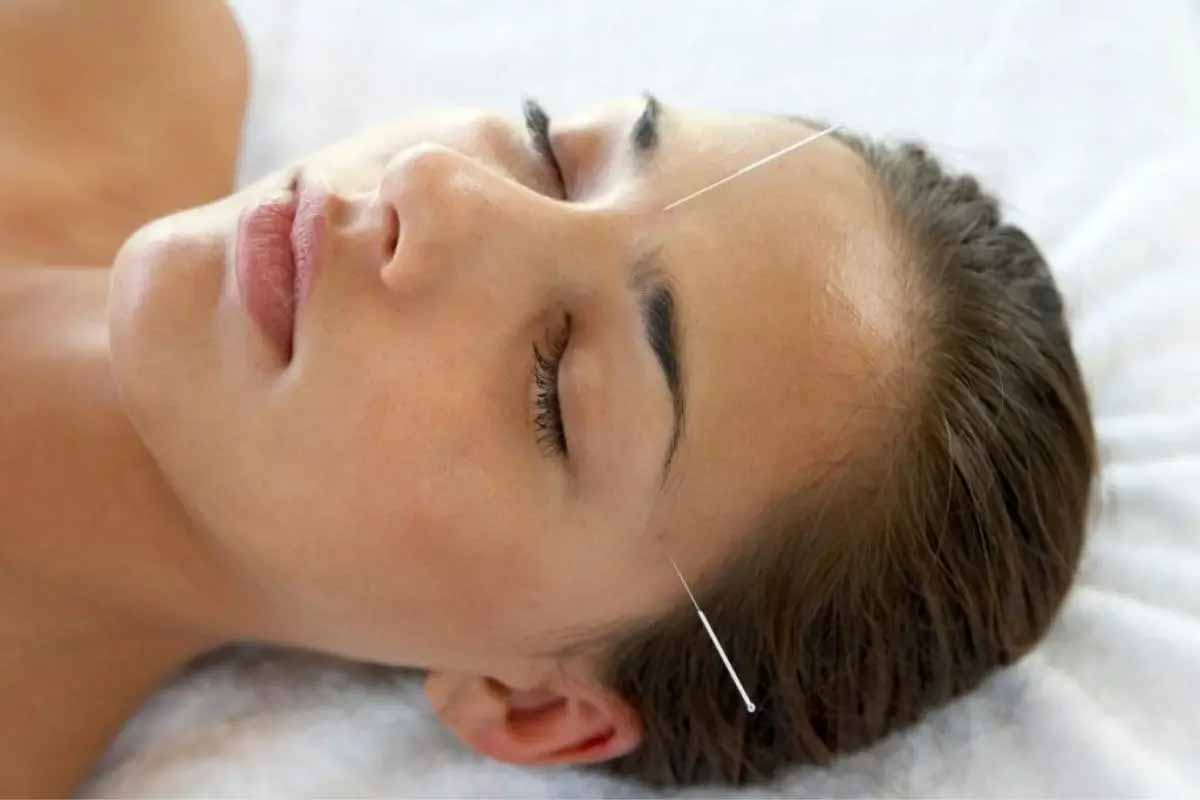In TCM, four diagnostic methods, namely Wang (inspection), Wen (auscultation and olfaction), Wen (inquiring), and Qie (palpation and pulse taking), are used jointly to collect and analyze information from a patient, and to determine treatment plan according to the results of syndrome differentiation. In clinical practice, meridian-acupoint inspection is also used for diagnosis, and needling, moxibustion, cupping, Guasha, and bloodletting are among the methods to treat diseases and preserve health.
TCM holds that the human body is an organic whole, so the internal conditions of a patient could be acquired by observing physical shape, complexion, tongue coating, and so on. This diagnostic method is called inspection.
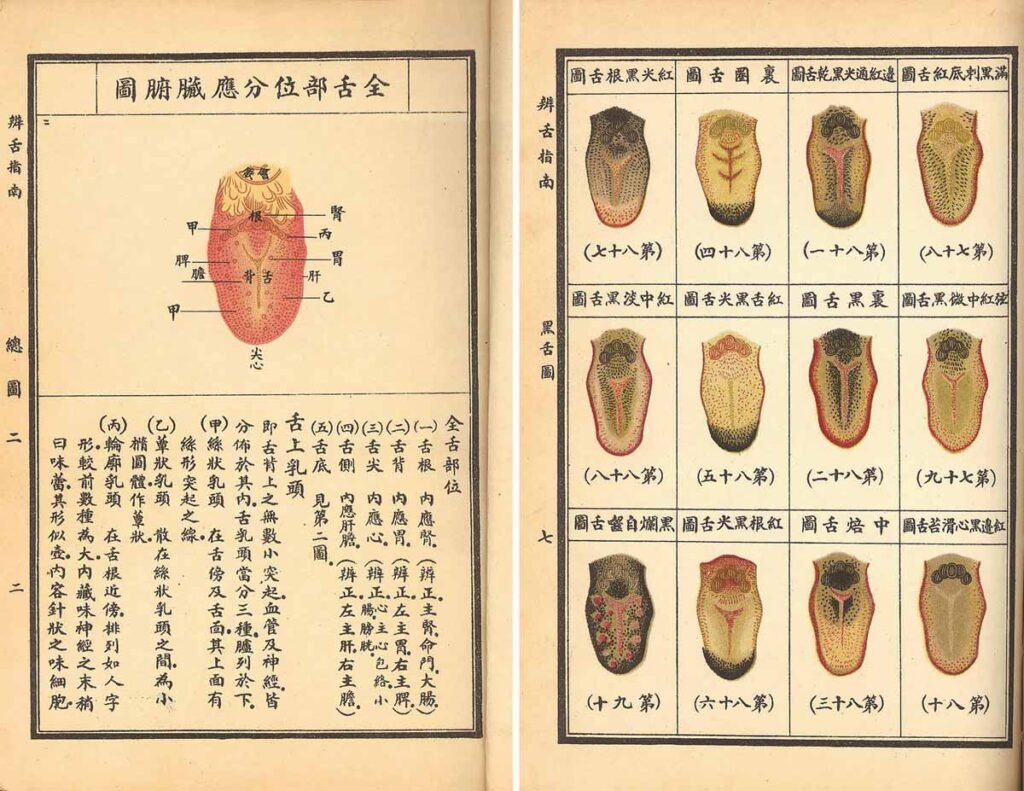
Tongue inspection is a diagnostic method to know about the body’s physiological functions and pathological changes by observing the coating and nature of the tongue.
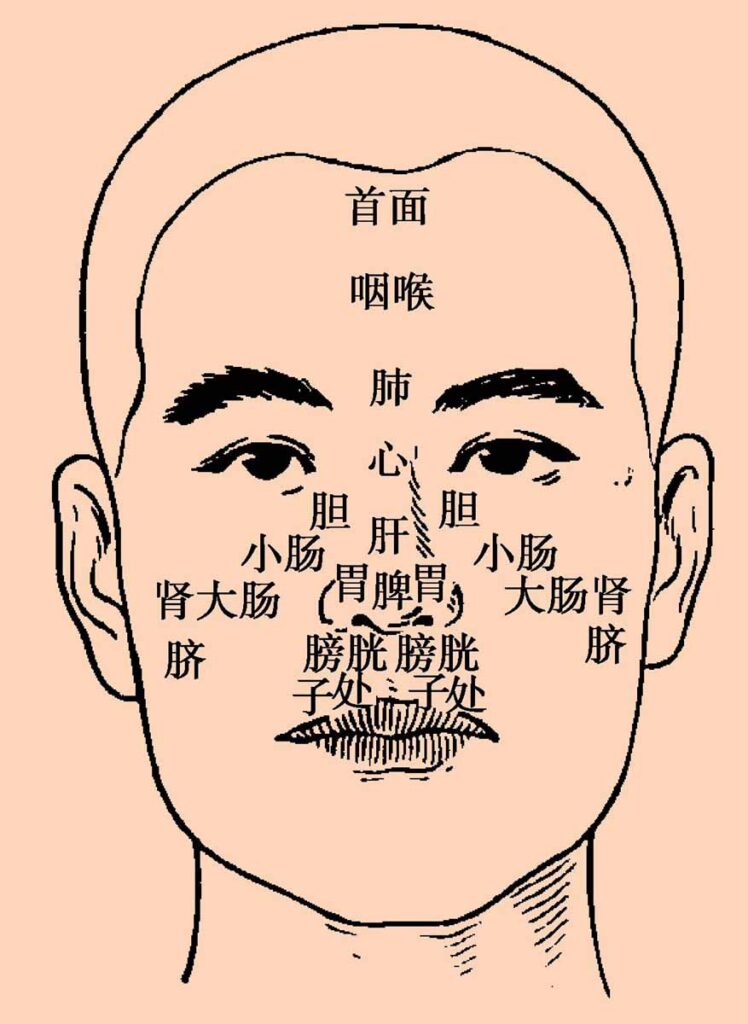
Facial inspection is an important diagnostic method of TCM to know about the condition of internal organs by observing the color, shape, and other facial changes.

Pulse-taking is a diagnostic method by feeling the pulse in different parts of the human body and observing their minor changes. Now pulse-taking at Cunkou (radial artery) is most commonly used.

An illustrated monograph on moxibustion was written and drawn in the Tang Dynasty. Concise texts correspond with illustrations, making it easy for comprehension as well as acupoint selection in clinical practice. These manuscripts, discovered in 1900 in the Mogao Caves of Dunhuang County, Gansu Province of China, are now kept in the British National Library.
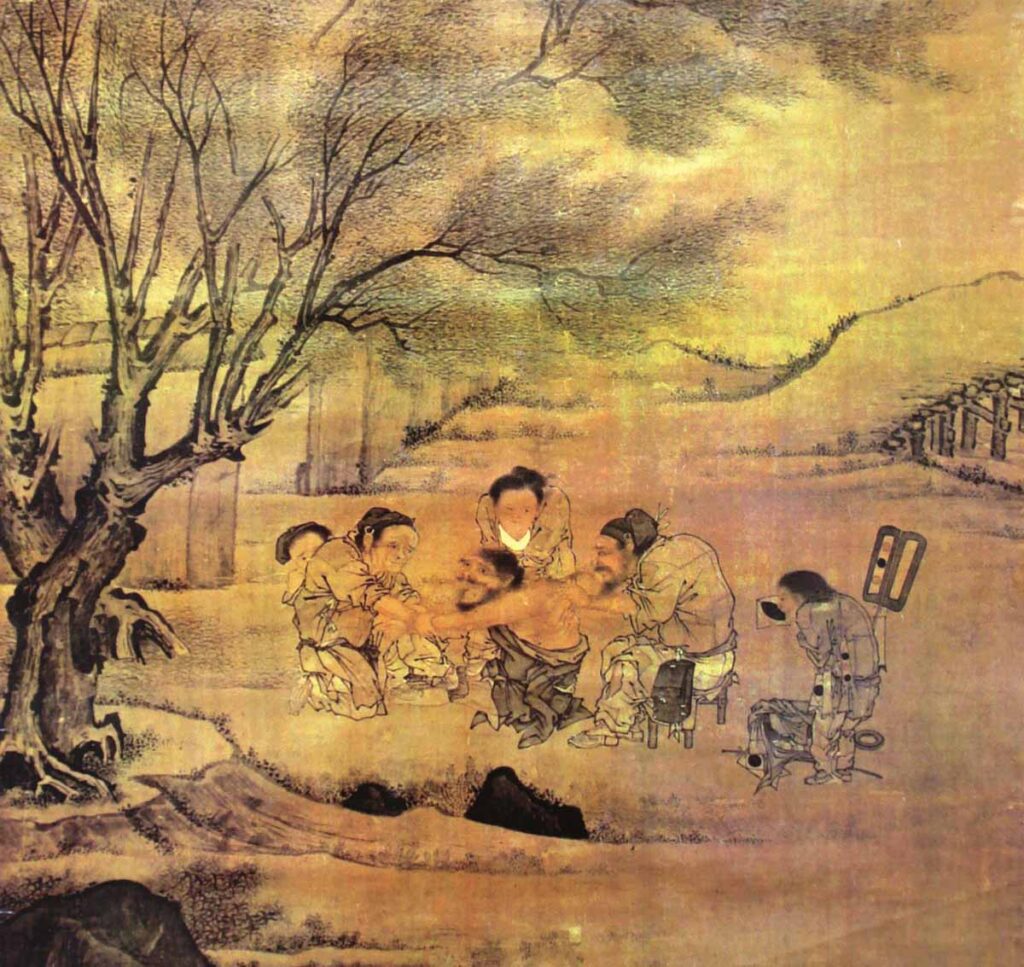
This drawing depicts a village acupuncturist performing scorching moxibustion on the back of a patient with a carbuncle, while a child nearby is preparing medical paste to be used after moxibustion. This picture drawn by Li Tang (1049–1130 A. D.), a famous painter of the Southern Song Dynasty, is now kept in Taipei Palace Museum, China.
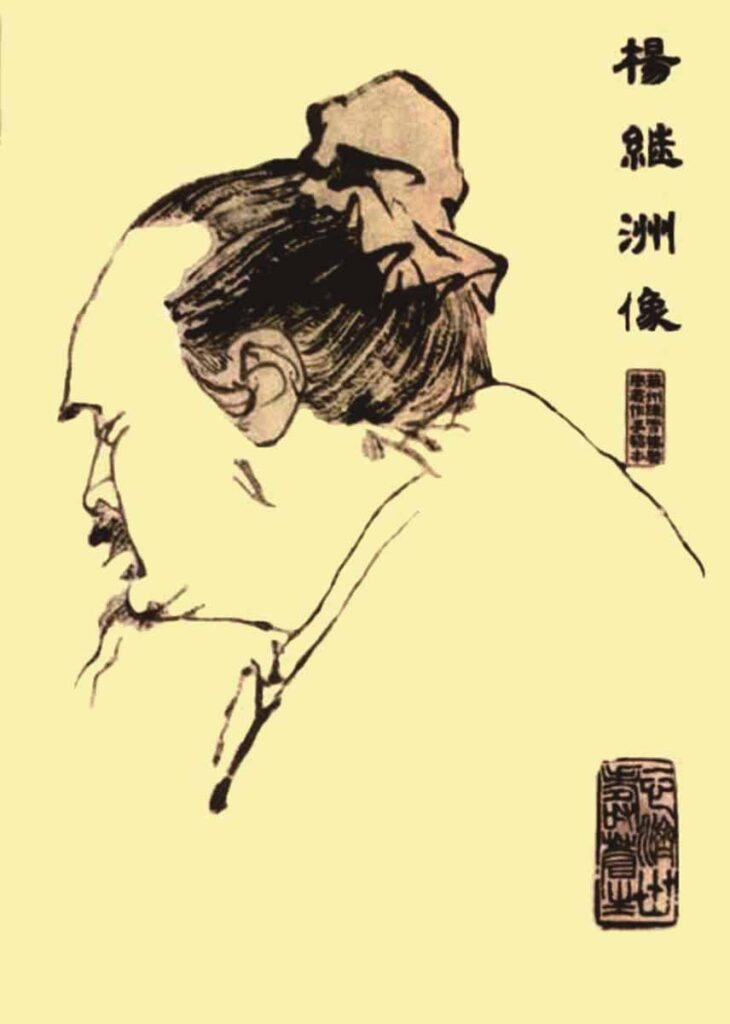
Yang Jizhou (1522–1620 A. D.), born in Quzhou City of Zhejiang Province, was a doctor with proficient medical skills, earned a great reputation for curing flaccid paralysis of Zhao Wenbing (the governor of Shanxi Province) by needling at three acupoints. His masterpiece was Zhenjiu Dacheng (Great Compendium on Acupuncture and Moxibustion).

The book Zhenjiu Dacheng not only imbibed the essentials of acupuncture and moxibustion before the Ming Dynasty (1368–1644 A. D.) but collected many therapeutic methods popular among the local people at that time. It is a monograph on acupuncture and moxibustion most reprinted and widely circulated in China, which significantly influences the advancement of acupuncture and moxibustion in later times.
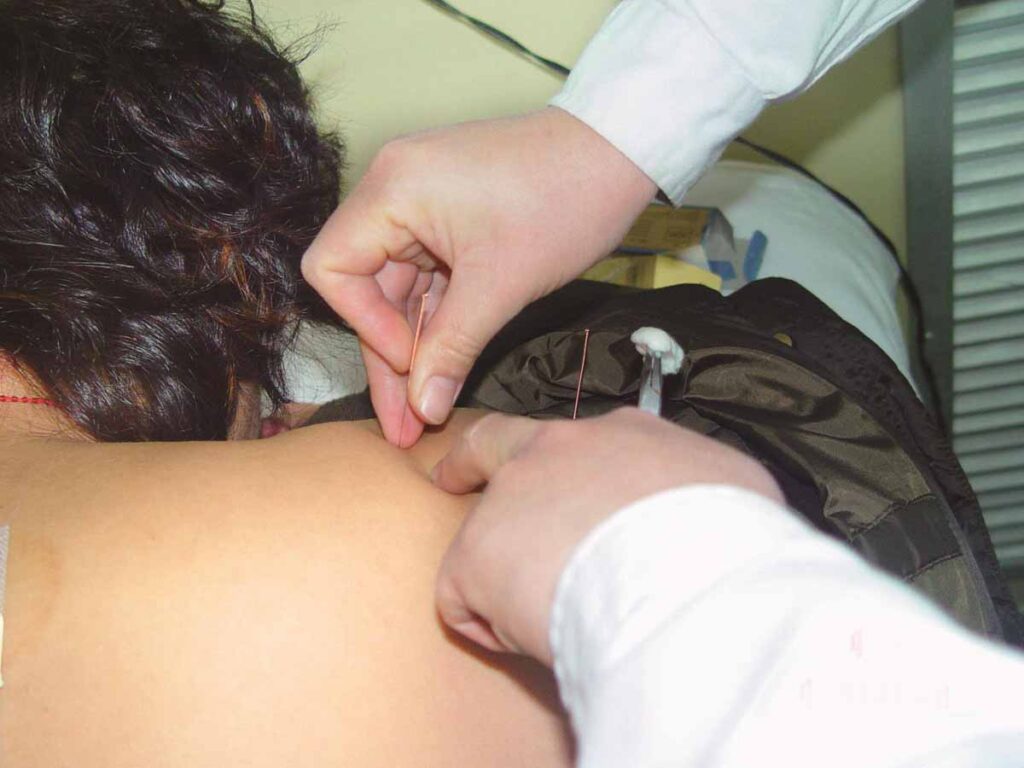
A needling method is to insert filiform needles into acupoints. In addition to basic techniques like insertion, stimulation and withdrawal of needles, there are manipulations for reinforcing-reducing, producing qi, moving qi, and penetrating acupoints as well as special ones invented for particular diseases.

In the late 20th century, disposable sterile filiform needles appeared to meet the demands of modern acupuncture practice. The use of this type of needle is widely supported and has contributed to the global transmission of acupuncture.
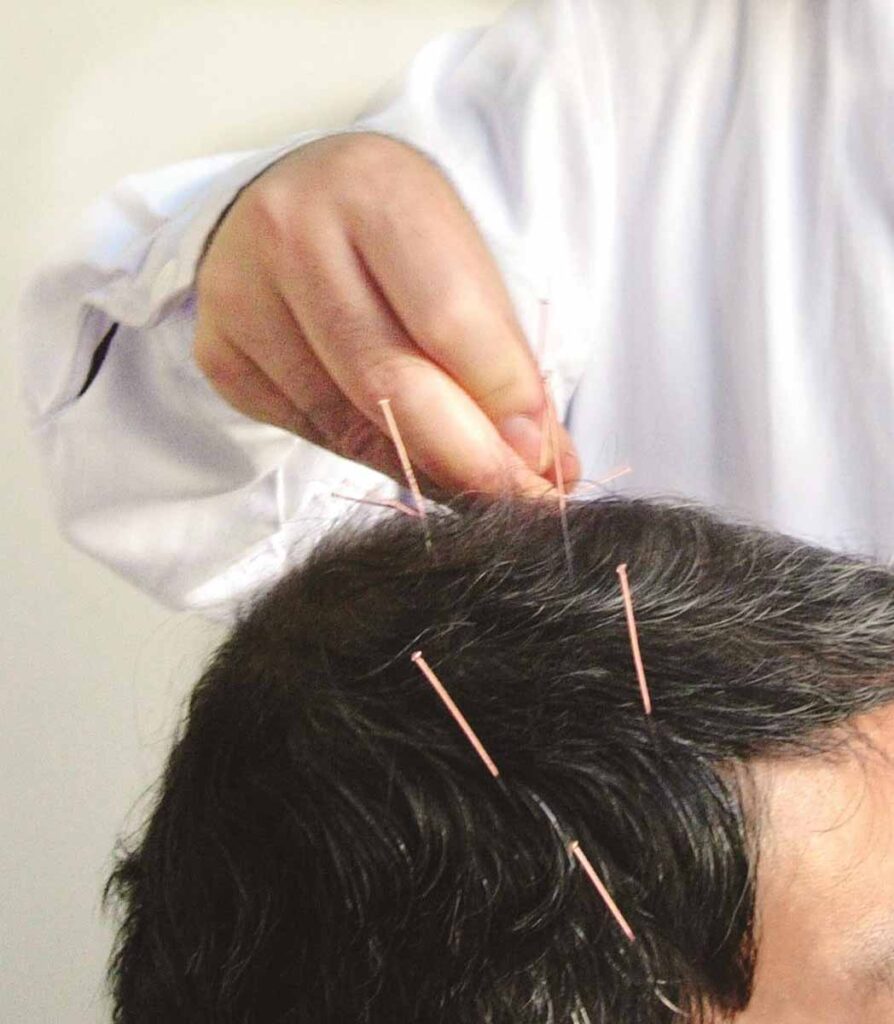
Scalp acupuncture is a method to prevent and treat diseases by stimulating certain parts of the scalp, which is easy, safe, and has particular therapeutic effects on a variety of diseases.
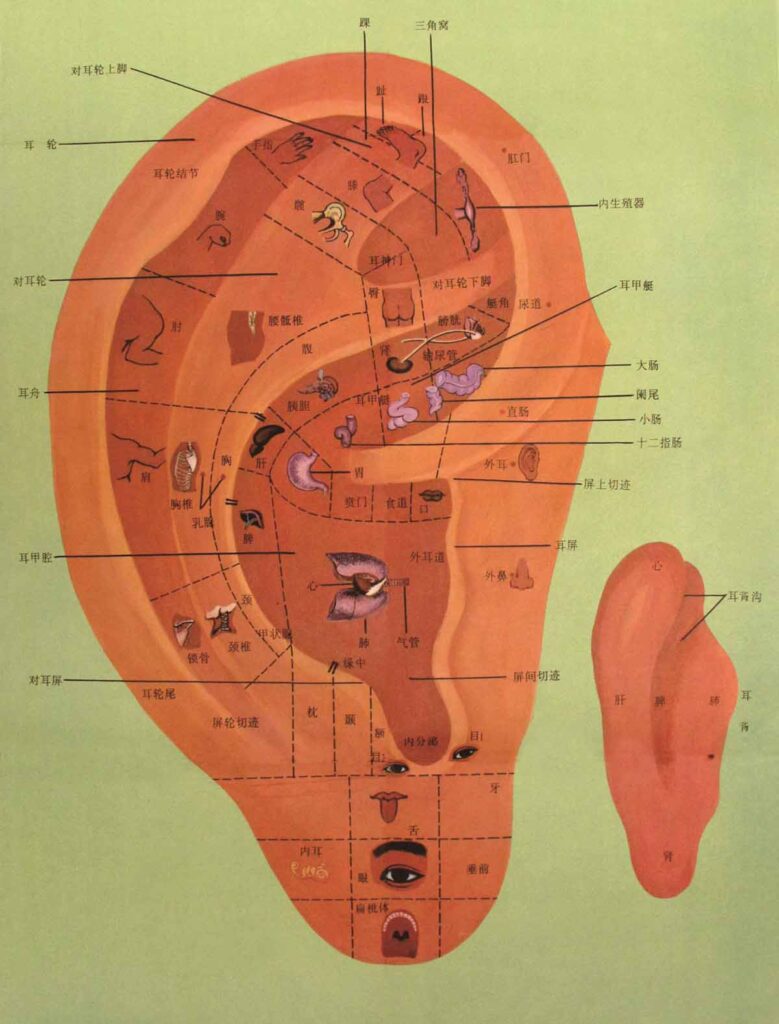
TCM holds the opinion that all parts of the human body are closely related to the points on the ears.
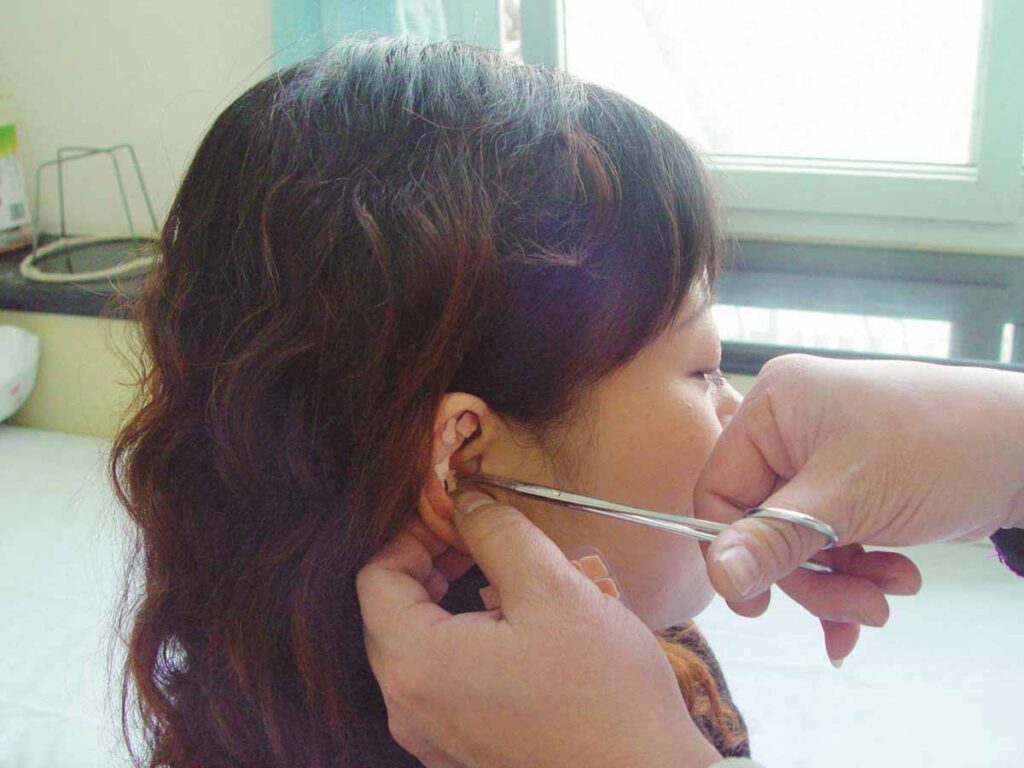
Auricular acupuncture is usually used to treat pain, dysfunction, and allergic diseases, and for health care and beauty care as well. Methods often used in clinical practice include the sticking-pressing method, filiform needle stimulation and pricking bleeding.
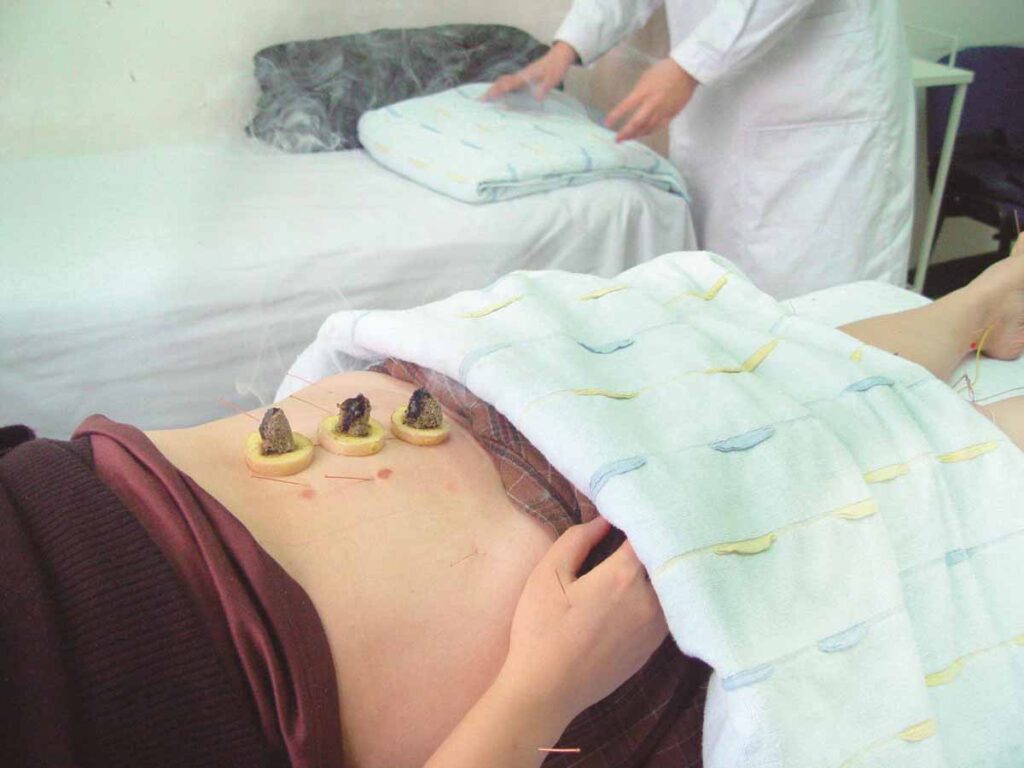
Ginger-separated moxibustion refers to the type of indirect moxibustion with fresh ginger slices as separation. This moxibustion is particularly effective for cold-induced vomiting, abdominal pain, diarrhea, dysmenorrhea and arthralgia.

Moxa box moxibustion, In this form of moxibustion, moxa powder or moxa stick is placed into a box for more convenient and wider use.
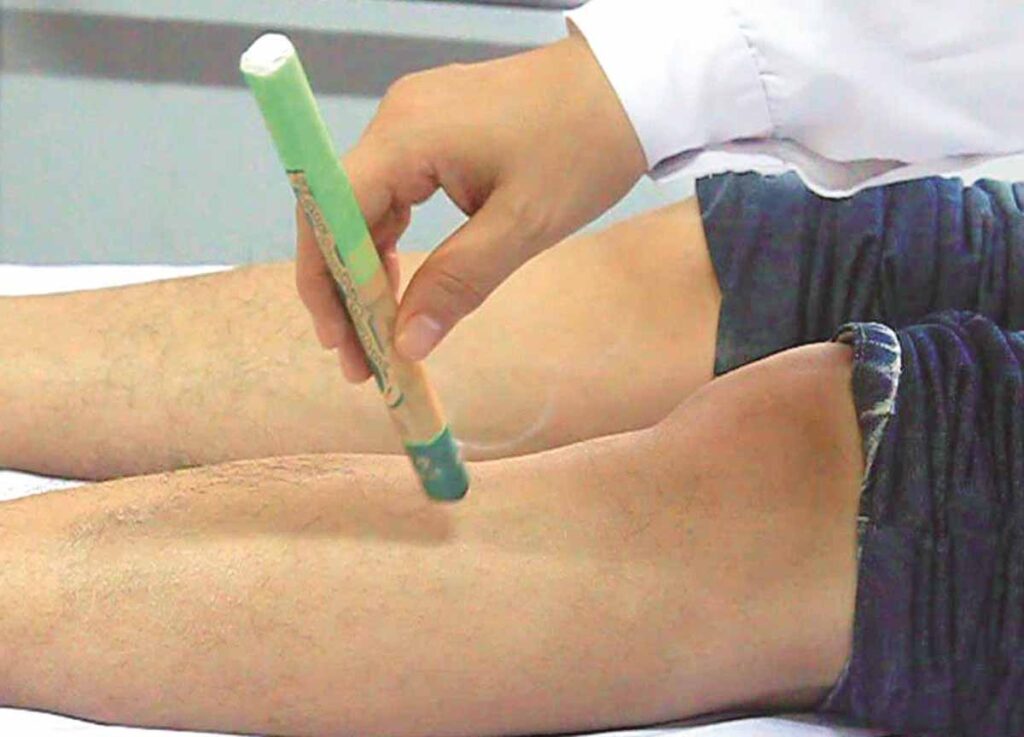
Moxa stick moxibustion, It refers to a therapy in which a moxa-made cylindrical stick is burnt on one end and aimed at an acupoint or affected area.
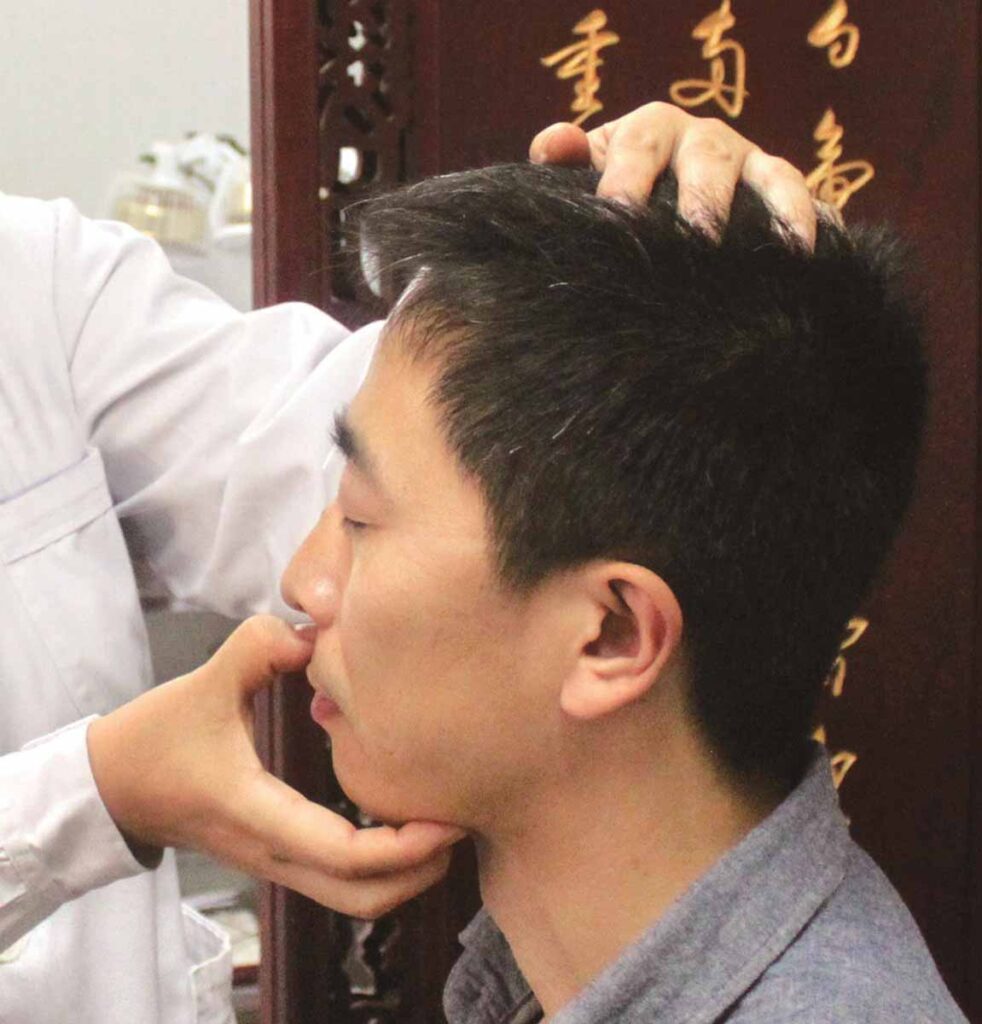
Acupuncture therapy refers to pressure stimulation at acupoints with fingers instead of needles, which might be used in an emergency. For example, pressing at Hegu (LI 4) to relieve pain in the teeth and pinching Renzhong (GV 26) for resuscitation due to shock or syncope.
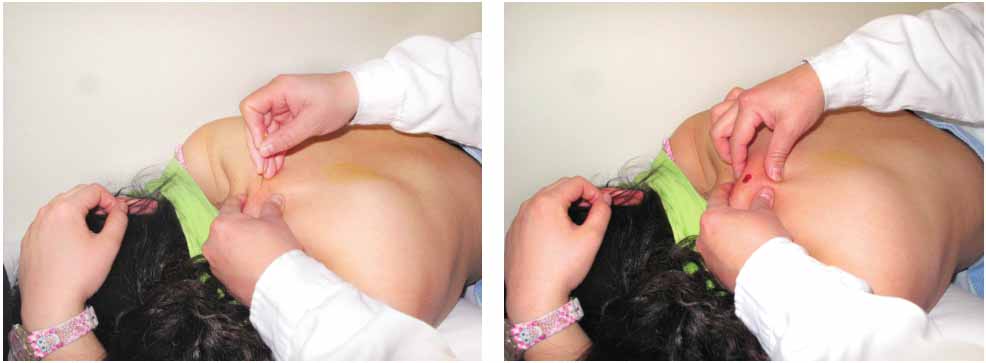
Bloodletting therapy refers to the curative method to let static blood stasis out by pricking certain parts on the surface of the body with triangular or other types of needles. This method can be used to treat acute conjunctivitis, acute tonsillitis, heat stroke, erysipelas, swelling boils, pain, and many other diseases.

Yangshao Culture (5000 B. C.–3000 B. C.), was unearthed in Banpo, Xi’an, Shaanxi Province in 1955.
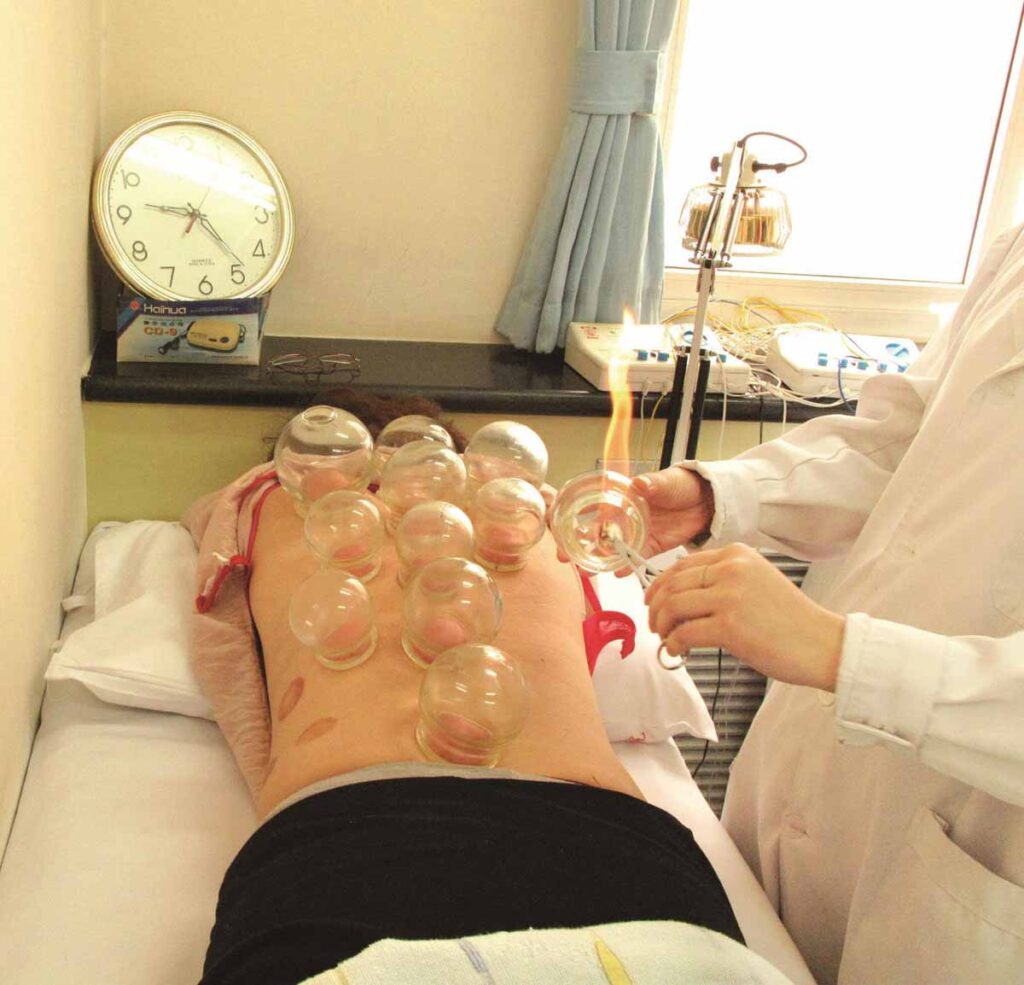
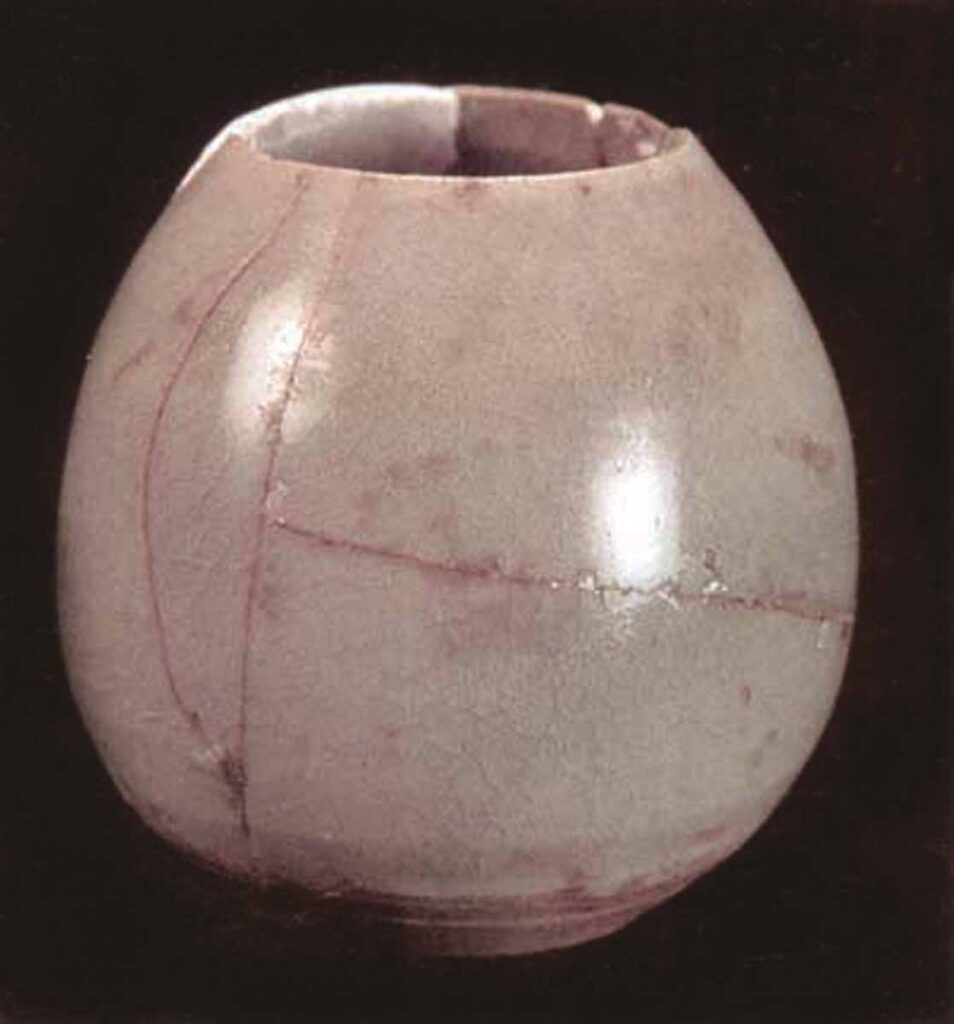
Cupping therapy means using heat, suction, steam and other methods to generate negative pressure inside the cup so that it is fixed onto the skin surface, resulting in thermal stimulation, regional congestion and blood stasis to treat diseases.
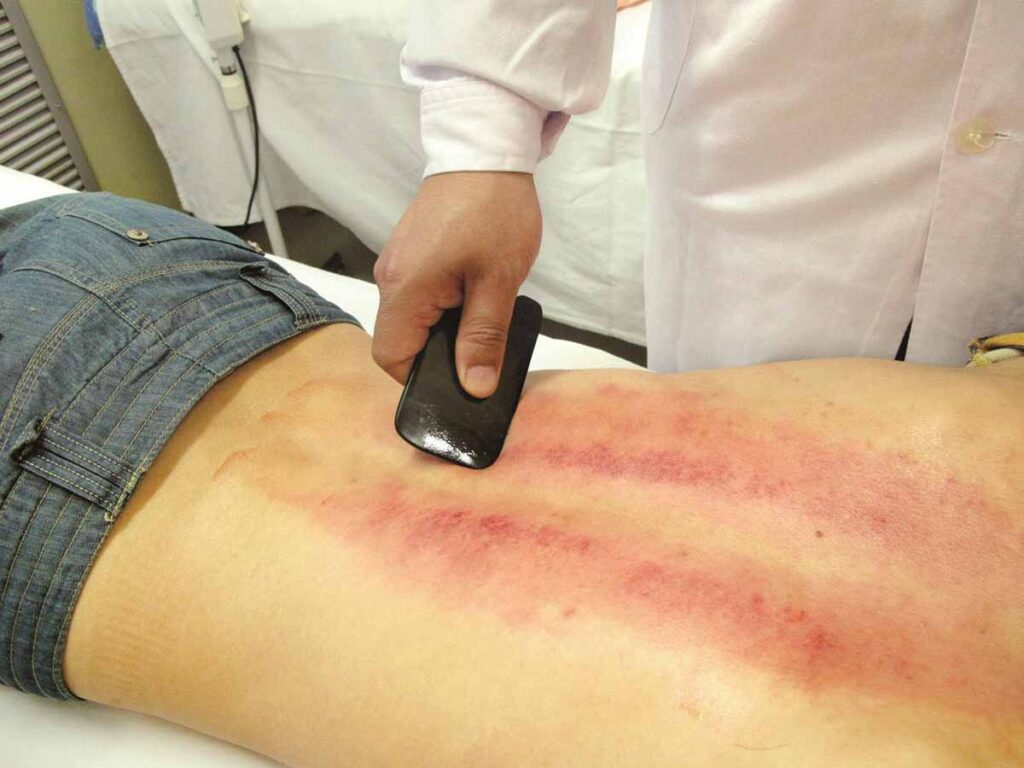
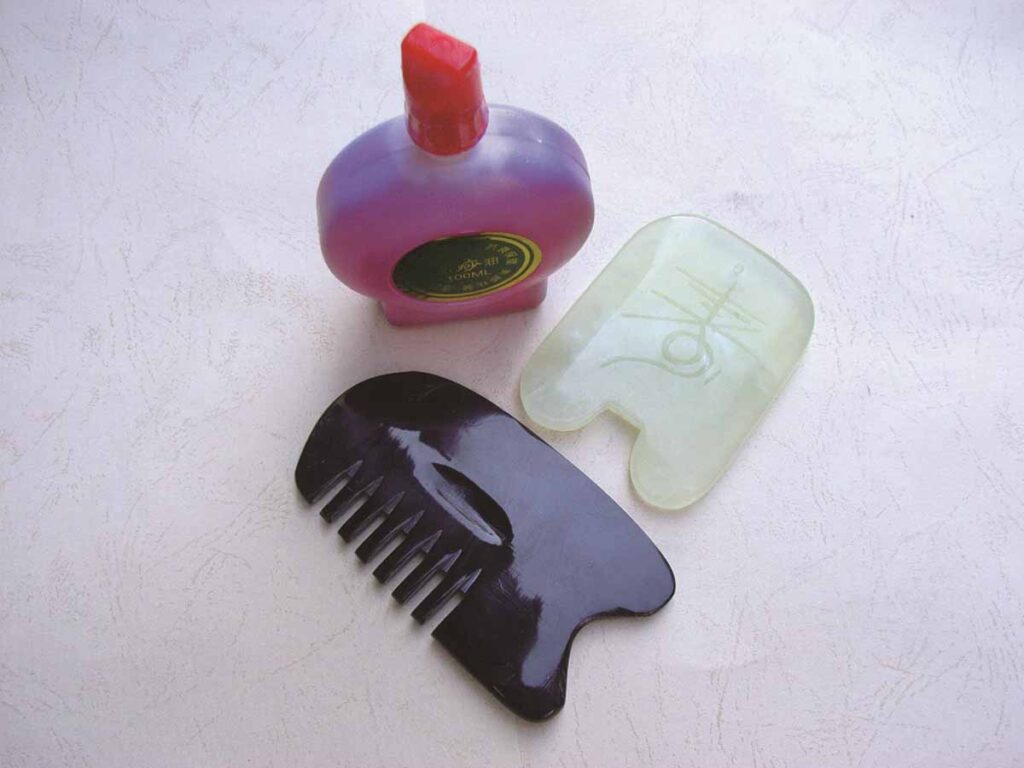
Guasha therapy, a preventive and curative method, uses tools such as ox horn, jade, stone or plate with a smooth surface to rub and stimulate certain parts of the patient’s body surface to scrape away illness or to prevent diseases.
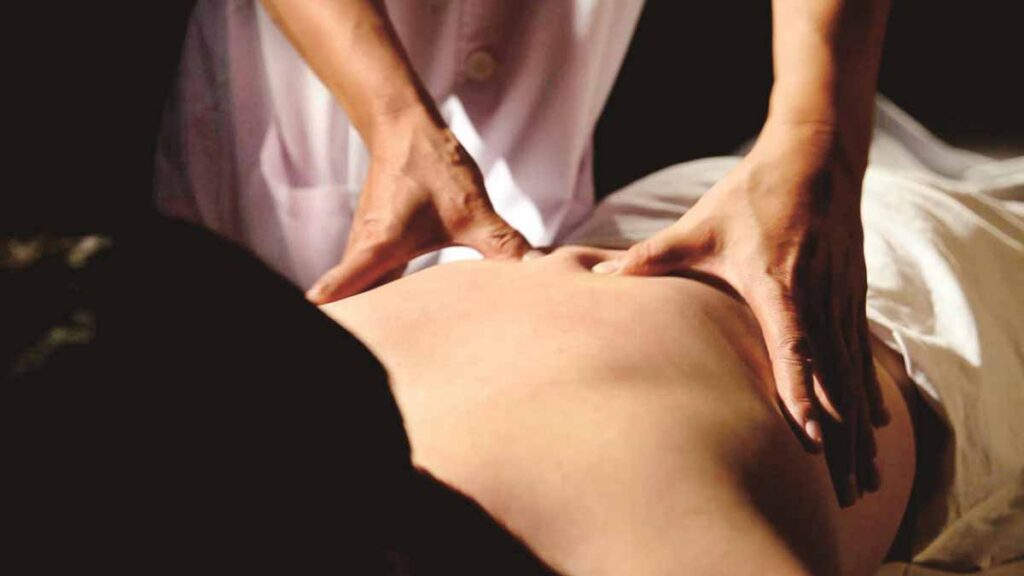
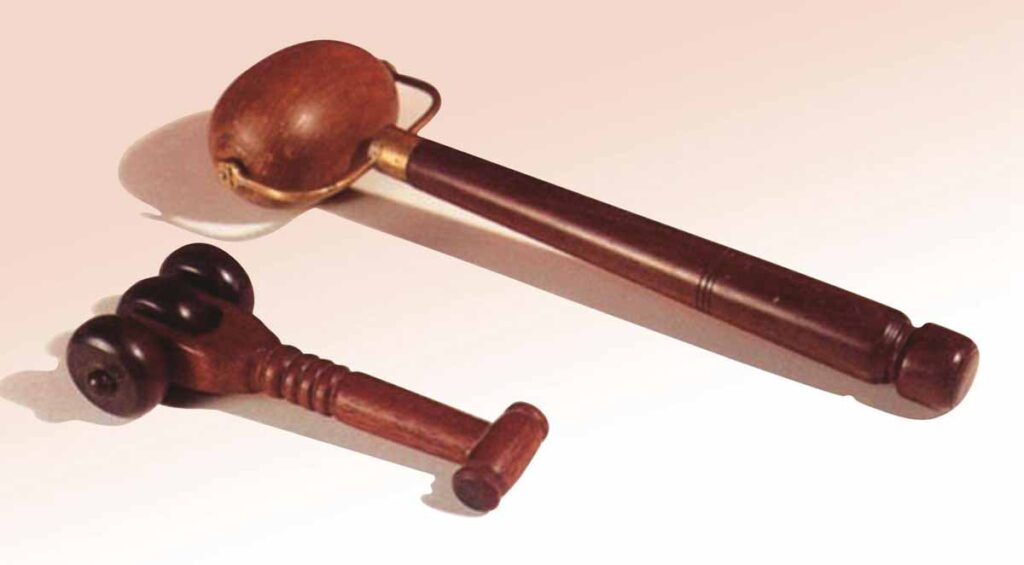
Tuina is a treatment that involves pushing, squeezing, grasping, pinching, rubbing and many other manipulations on the body surface.
